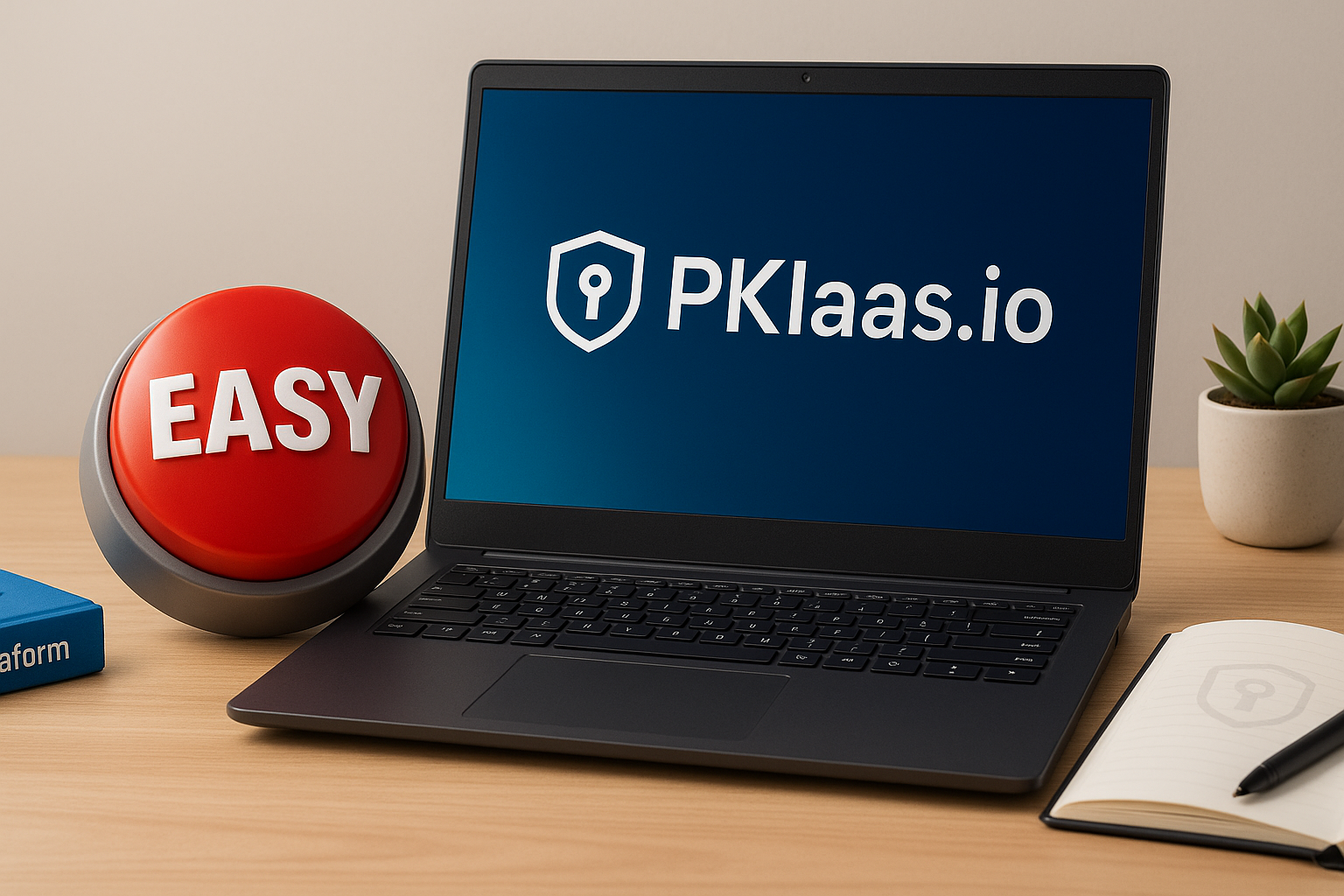· Documentation · 3 min read
Effortless Microsoft Certificate Enrollment Web Services for Off-Domain Machines
PKIaaS.io delivers native Windows certificate enrollment for off-domain devices without the complexity of Microsoft's setup.

If you’ve ever tried to get Microsoft’s Certificate Enrollment Web Services (CEP/CES) running natively, you know it’s not exactly a click-and-go experience. The promise is great: native certificate enrollment for Windows devices — even when they’re not on the domain — but the reality is that the native Microsoft deployment process is complex, time-consuming, and easy to get wrong.
At PKIaaS.io, we’ve streamlined the entire process so you can have fully functional Microsoft certificate enrollment for off-domain machines in minutes, not days.
Eager to try it out? Skip ahead to see how to set it up right now →
The Problem with the Native Approach
Microsoft’s native documentation for setting up CEP and CES reads like a checklist for a PKI architect with a week of free time:
- Deploy and configure a domain-joined Certificate Authority (CA)
- Set up and secure the Certificate Enrollment Policy Web Service (CEP)
- Set up and secure the Certificate Enrollment Web Service (CES)
- Handle domain authentication OR configure Kerberos constrained delegation
- Obtain and install the correct SSL certificates
- Configure service accounts and delegation permissions
- Integrate with firewall, DNS, and reverse proxy rules
- Test, troubleshoot, and adjust NTLM/Kerberos behavior for off-domain clients
For most organizations, this is a multi-week project requiring deep PKI expertise, elevated permissions, and a lot of patience.
And if you get just one setting wrong — especially with authentication delegation — you’re in for a frustrating round of troubleshooting.
Already convinced? Skip ahead to see how to set it up right now →
How PKIaaS.io Makes It Simple
With PKIaaS.io, you get the same native certificate integration for Windows devices — but without all the manual server deployments, authentication headaches, and firewall gymnastics.
Here’s what’s different:
- No Server Builds — We host the CEP/CES infrastructure for you, already secured and maintained.
- Instant HTTPS Access — You get a public endpoint your off-domain Windows devices can reach without VPN.
- Easy Policy Configuration — Set your certificate templates and policies through our simple portal.
- No Kerberos Headaches — We support authentication flows that work seamlessly for off-domain machines.
- Always Up-to-Date — Our infrastructure is continuously patched and monitored for high availability.
Instead of a weeks-long PKI deployment project, you just configure your Windows clients to use the PKIaaS.io enrollment policy endpoint — and you’re ready to issue certificates.
Why This Matters
Off-domain devices are now the norm — remote work, contractor laptops, and cloud-joined machines all need secure certificates for authentication, encryption, and signing. Native Windows certificate enrollment is still the most seamless experience for users, but deploying it natively has been a barrier.
PKIaaS.io removes that barrier, giving you the security of Microsoft’s native integration with the speed and simplicity of a cloud service.
Try It Yourself
If you’re ready to skip the complexity and start issuing certificates to your off-domain Windows machines today, check out our documentation on enabling CEP and CES with PKIaaS.io. We’ll handle the heavy lifting so you can focus on what matters — securing your environment, not building it.